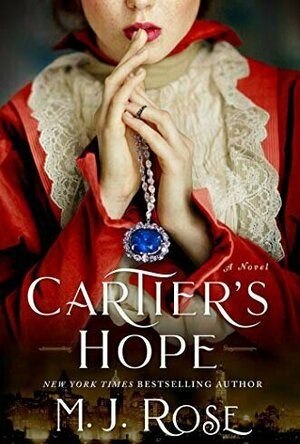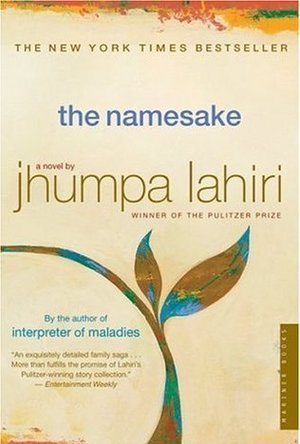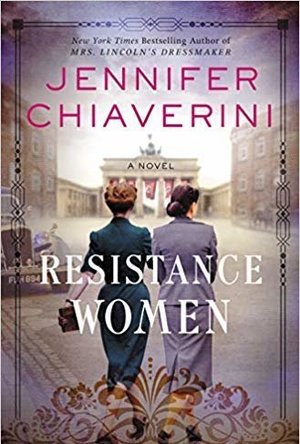
Tel Aviv Offline Map Navigator and Guide
Navigation and Travel
App
100% OFFLINE - Your detailed Map for reach everywhere. Save much money in Roaming cost. Reach every...

Nha Trang Offline Map Navigator and Guide
Navigation and Travel
App
100% OFFLINE - Your detailed Map for reach everywhere. Save much money in Roaming cost. Reach every...

Mongolia Offline Map Navigator and Guide
Navigation and Travel
App
100% OFFLINE - Your detailed Map for reach everywhere. Save much money in Roaming cost. Reach every...

Lightbot Jr : Coding Puzzles for Ages 4+
Games and Education
App
Apple Features, in over 100 countries: *Best New Apps and Games* *Best for Learning to Code* ...

Washington DC Offline Map Navigator and Guide
Navigation and Travel
App
100% OFFLINE - Your detailed Map for reach everywhere. Save much money in Roaming cost. Reach every...

Cartier's Hope
Book
From M.J. Rose, New York Times bestselling author of Tiffany Blues, “a lush, romantic historical...

The Namesake
Book
Jhumpa Lahiri's Interpreter of Maladies established this young writer as one the most brilliant of...
India immigrants

Resistance Women
Book
From the New York Times bestselling author of Mrs. Lincoln’s Dressmaker, an enthralling historical...
![The German Wife [Audiobook]](/uploads/profile_image/8ae/029a04d2-94e9-4a45-b8f5-a8fb3b5768ae.jpg?m=1641746893)
The German Wife [Audiobook]
Book
Germany, 1939: Annaliese is a doctor’s wife, living in an elegant grey stone house with ivy...

When the Skies Rained Freedom
Book
Captivating, gripping and relentlessly authentic...inspired by eyewitness accounts. To this day,...
Historical Fiction World War II Germany